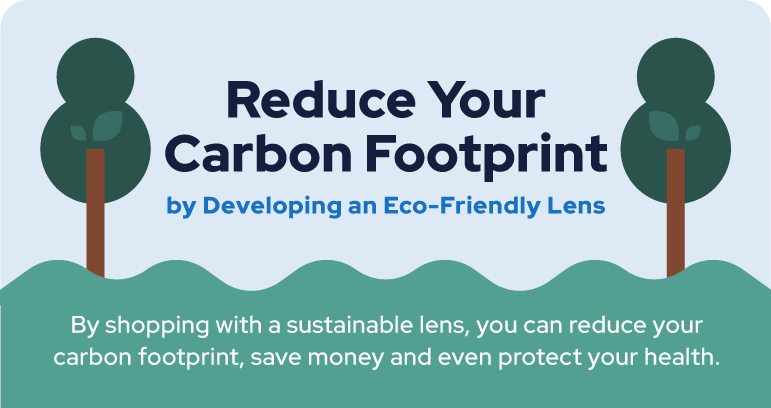Table of Contents
There are many things you can do if you are interested in how to reduce carbon footprint and help protect the environment. For starters, one of the easiest things you can do is shop sustainably.
From targeted ads on social media to deals that are too good to pass up, shopping, for most of us, is at the core of our lifestyle. It makes sense then, that of all the ways we can transition to more sustainable living, shopping may just be one of the most difficult adjustments to make.
That being said, it doesn’t have to be as difficult as it sounds if you make changes in small steps. Otherwise, you may find yourself thoroughly overwhelmed. To help you reduce your personal carbon footprint and create a more sustainable lifestyle through shopping, we’ve compiled a few useful tips for you to use on your journey.
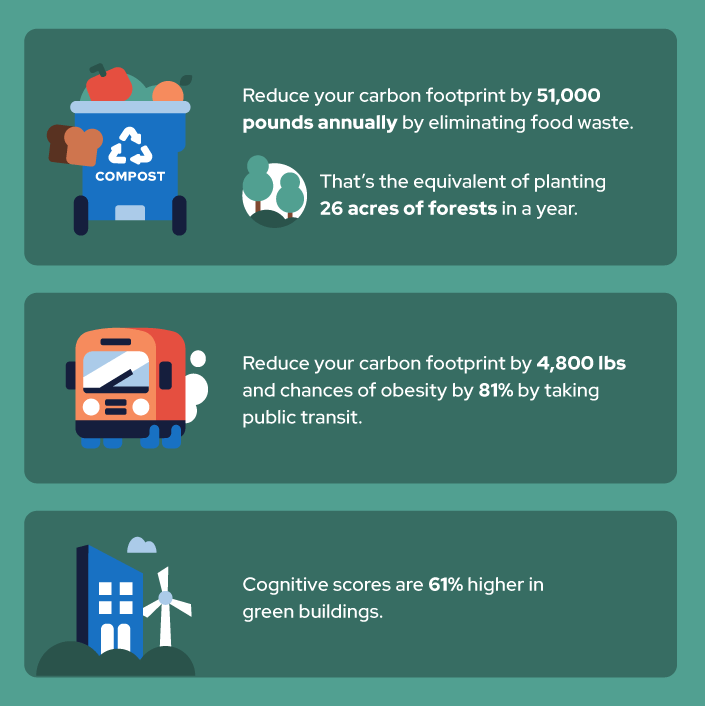
Avoid Plastics Where Possible
If you are interested in how to reduce carbon footprint, according to the Environmental Protection Agency, some plastics can actually be composted, the majority, however, cannot be. In fact, most plastics are left in landfills to break down and release microplastics into the environment. We then inhale these microplastics, which studies have shown to adversely affect human health.
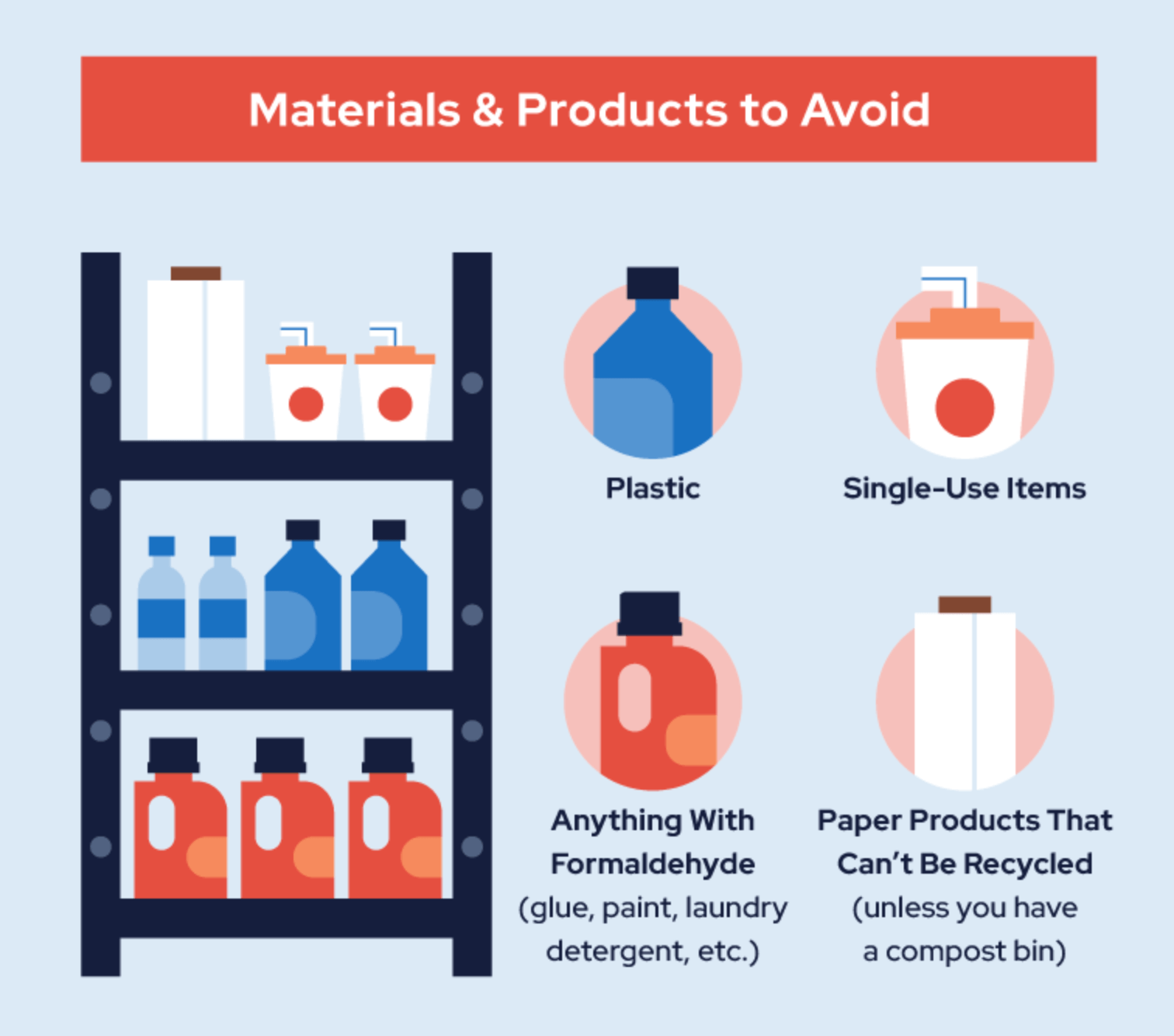
Plastics wasting away in landfills and their subsequent microplastic components aren’t the only problems with this synthetic material. Roughly 14 million tons of plastic reach our oceans each year, all of which harm marine life. Marine species can get entangled in the plastic but they also eat it. Humans who consume seafood very likely are consuming something that once consumed plastic.
One of the best ways to reduce carbon footprint is by shopping at stores that allow you to bring your own containers or bags for goods like flour, nuts, and produce. These types of stores are sometimes referred to as zero waste shops, but you can also find local grocery stores that have this option available.
If this is not possible for you, consider buying most of your goods in bulk. This can also help reduce the amount of plastic in your life.
Look For Reusable Goods
Reusable goods can help you reduce the amount of trash you send to the landfill and also save you money since you won’t have to keep spending money on something you will only later throw away.
Some reusable alternatives to everyday goods include reusable water bottles, utensils, and even cotton swabs. If you’re unsure whether or not a product has a reusable alternative, do a quick search on Google. However, before purchasing the product, do some background research on the product and the company.
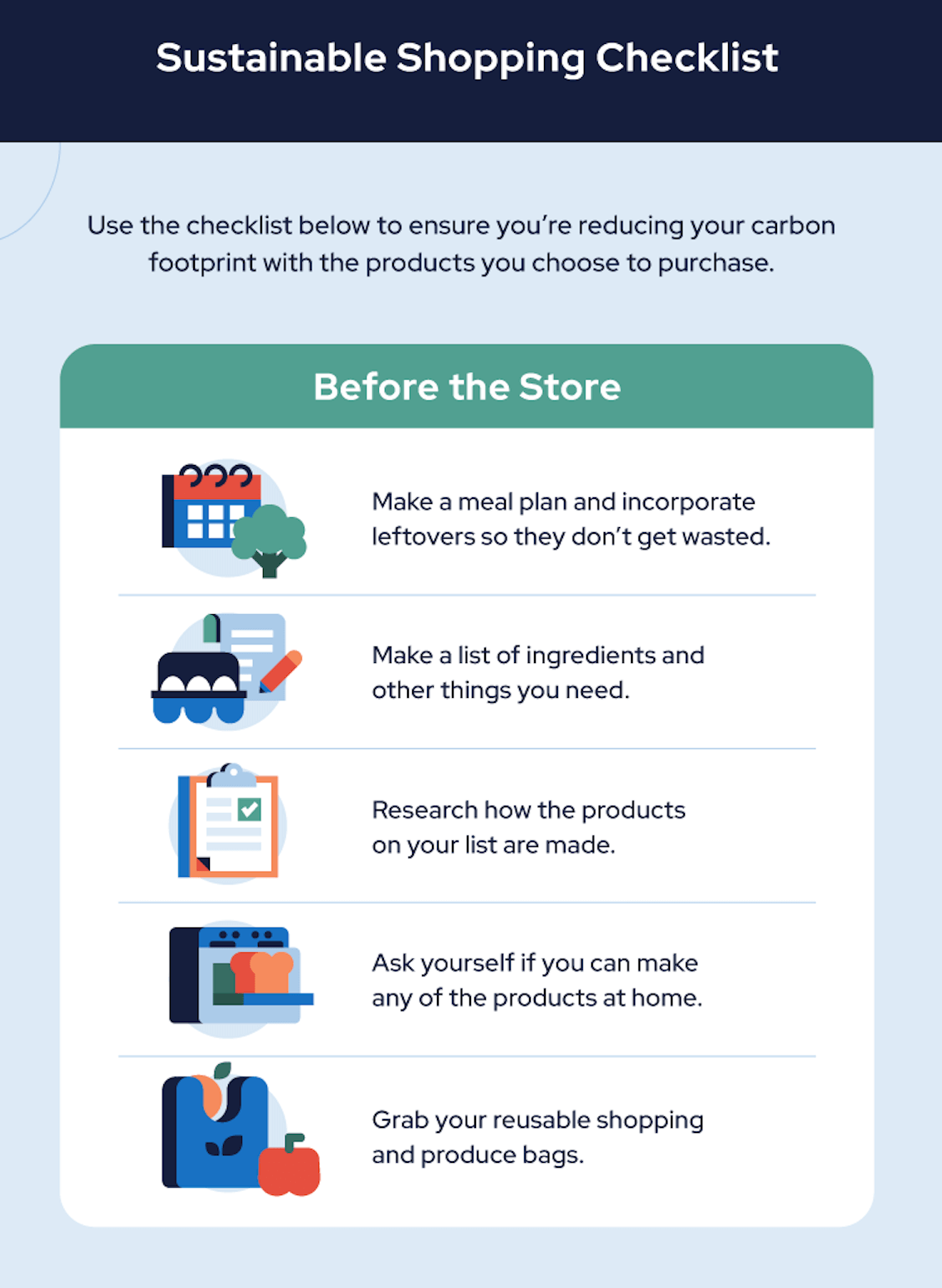
Do Your Research
Anyone interested in how to reduce their carbon footprint should do a lot of research on what they buy and consume. Doing your research before purchasing products can help you understand a product’s potential environmental impact. Many companies who create truly sustainable, low-waste products will often advertise this but beware of companies who greenwash products by adding environmentally-friendly labels but not living up to their claims.
When researching, identify what materials the company uses to make their products and look for any sustainability initiatives they may have advertised on their website. Products that are made from materials such as bamboo and organic cotton are much better for the environment than plastic or polyester. If you’re shopping online, also look at what packaging the product comes in and if the company uses sustainable products for shipping.
A growing trend in a number of industries is for companies to buy back their products when consumers are finished with them. This is just one example of a clear sustainability, circular economy initiative, but there are many other initiatives you can look for in a company. Using clean energy, reducing water consumption, and achieving carbon neutrality, are a few others to name.
Make a Meal Plan Before Grocery Shopping
Reduce carbon footprint by being mindful of your meals. How? Make a meal plan before grocery shopping.
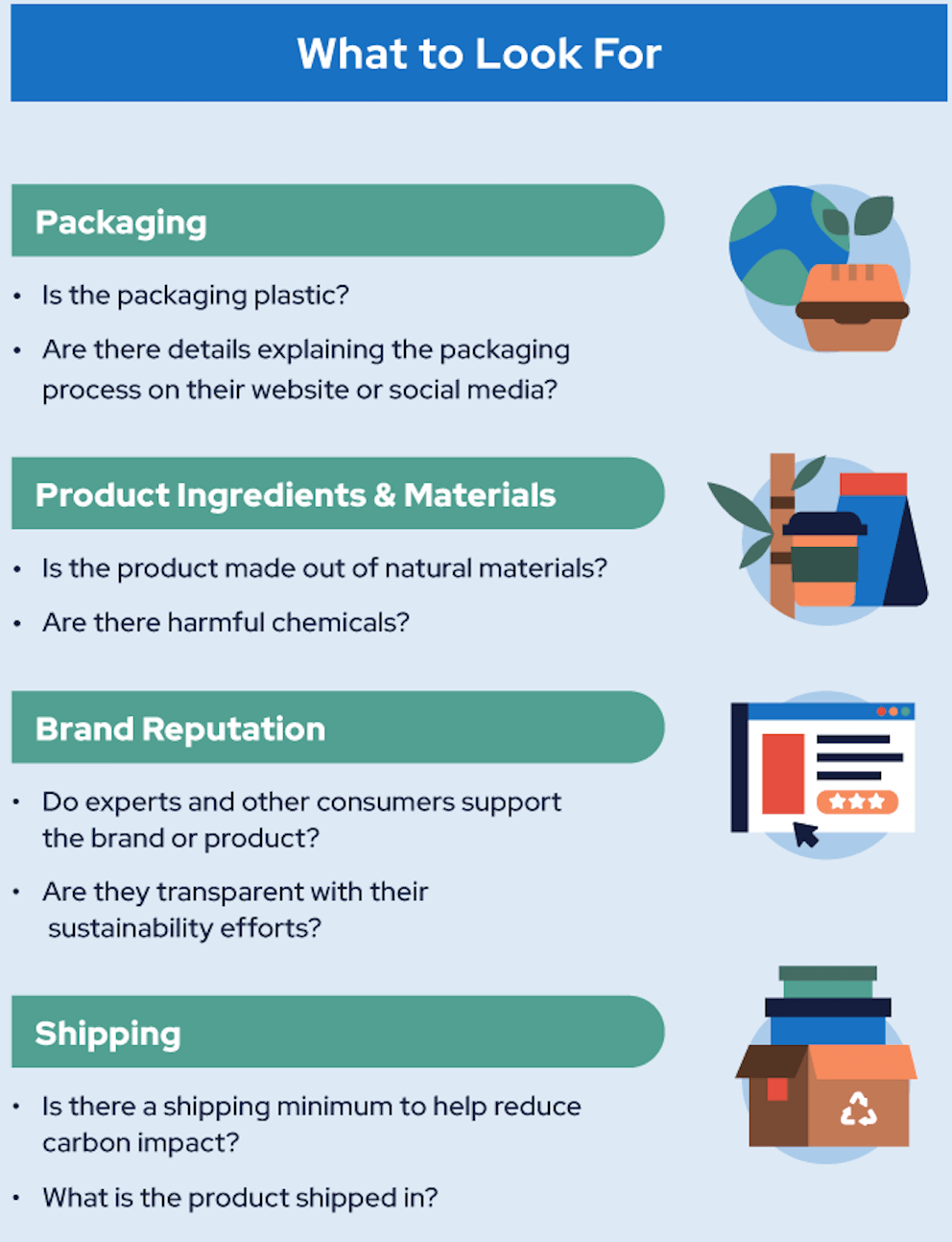
Food rot is another negative impact on our environment and as such, greatly contributes to climate change. Making a meal plan before shopping for groceries can ensure you’re not purchasing goods you won’t use. When making your meal plans, consider what foods are most harmful to the environment and try to reduce buying those when possible. For example, red meat leaves a hefty carbon footprint, and while you don’t necessarily need to have a vegan diet because of it, try using one or two meals with less meat, or designate a specific day of the week to not eating meat at all.
Purchasing food from organizations working to eliminate food waste is another way to lessen your environmental impact. Two of these organizations include Misfits Market and Imperfect Foods.
To further reduce your food waste, you can also store your veggies and fruits in freshie food saver bags. These will help them last longer and help you reduce food waste. Once the produce has gone bad, try composting your vegetable and fruit scraps or look for a local composting company that offers this service for the community.
Use Reusable Shopping Bags
It may seem small, but bringing reusable bags with you when you shop can reduce carbon footprint by diminishing the amount of plastic you use, while also encouraging others to reduce their environmental impact as well.
When shopping for groceries, consider going to grocery stores that allow you to buy nuts, flour, and other goods in bulk. You can then bring smaller reusable bags to fill up with flour and other goods, thus reducing your environmental impact further. If you don’t yet have reusable grocery bags, consider buying a bundle so you have all the different sizes you may need at the grocery store.
Benefits Of Shopping Sustainably
Not only does shopping for products that are good for the environment help you live more sustainably, but it can also protect your health and potentially save you money.
For example, research in the National Library of Medicine has shown that avoiding plastics can help prevent cancer, reproductive issues, and impaired immunity. Likewise, avoiding single-use plastics and instead using goods like reusable water bottles can save you money in the long run.
Creating a sustainable life takes time, but the result is well worth it by knowing you’re doing your part to help the environment and encouraging others to do the same through your example. If you are looking for how to reduce carbon footprint but you feel overwhelmed by the ways you feel your lifestyle needs to be changed, take it one step at a time. Rome wasn’t built in a day and your ideal environmentally-friendly lifestyle won’t be easier.
Making more conscious choices when shopping is the first step to living more sustainably. If you’re ready to take the next step, read our guide about protecting the environment while cleaning your home.
You might also enjoy:
- 9 Ways You’re Accidentally Wasting Energy
- How to Raise an Eco-Conscious Child
- The Best Eco Apps For Saving Energy
